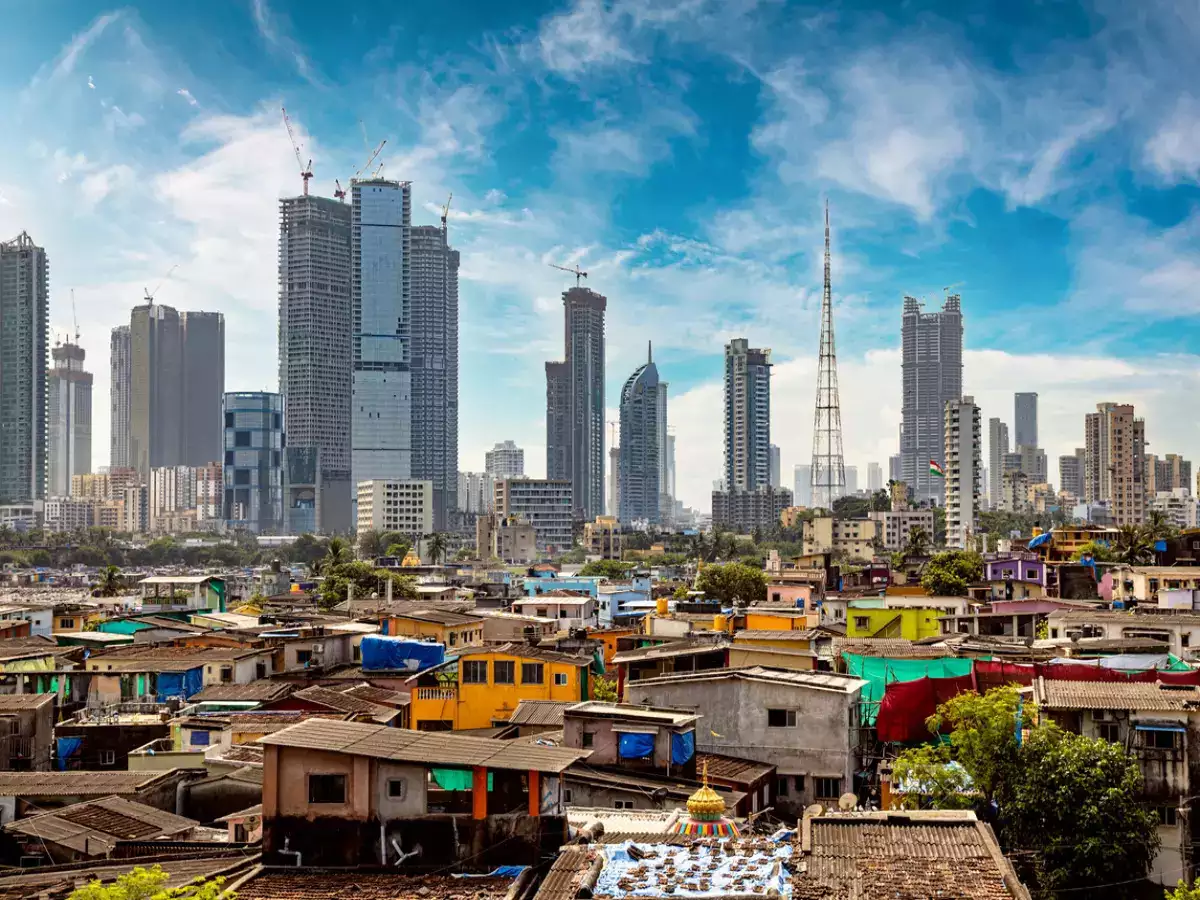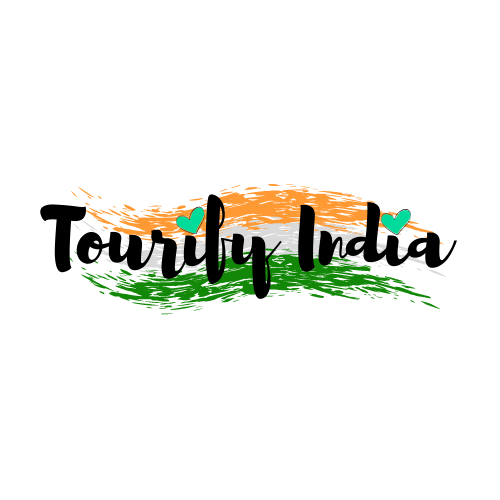Origins of Dharavi and what makes it so Special?
Poverty, struggle, leather, pollution, crime, and Mumbai are some common words that people mention when talking about Dharavi. Featured in Globally hit movies like Slum Dog Millionaire, the Dharavi Slum is famous for the birth of many rags-to-riches stories in India.
Dharavi has built a renowned name across the Globe but many don’t actually know the true origins and growth of Dharavi. Questions like, What is Dharavi? What made the slum grow so big? What sets it apart from other slums? etc remain unanswered for many. That’s why we provide private and group Dharavi slum tour packages to educate you about the details of Dharavi. The aim of this post is to give you a gist about Dharavi and how it has evolved over time!
The Origins of Asia’s Largest Slum
Dharavi history traces back to the 1880s when the area was first developed. Dharavi history in Mumbai is a key chapter in the city’s evolution, with the slum emerging as a product of colonial policies and rapid industrialization. The history of Dharavi in Bombay reveals that Dharavi is the largest slum in Asia located in Mumbai, the financial capital of India. The Dharavi slum covers an area of just over 2.1 square kilometres and is home to over 2 million migrant semi-skilled workers and laborers bustling to make ends meet in the City of Dreams.
It was established in 1884 during the British colonial era with the purpose to establish a separate industrial unit for polluting industries. The leather tannery industry, which was the most polluting industry in Bombay, was the first to be moved into Dharavi in 1887. Tannery workers and a Gujrati community of potters called Kumbhars were the early settlers in the Slum.
The high influx of Jobs in one of the fastest-growing cities in India saw migrant workers from every state in the country dreaming to find better work opportunities. This made Dharavi a home to diverse artisans and laborers from all parts of India. Potters from Saurashtra, embroidery workers, and artisans from Uttar Pradesh, Muslim leather tanners from confectioners Tamil Nadu were all to be found in Dharavi.
The haphazard expansion of micro and small industries fueled by a growing population of workers saw poor maintenance and provisions for sanitation, drains, safe drinking water, roads, and other necessities with zero intentions from the government to invest in the Slum.
The Rise of an Informal Economy
With no government support, even post-independence Dharavi still grew exponentially and soon evolved into a city of its own. Dharavi developed into a secular, industry-driven, and slum-dwelling economic powerhouse with multiple generations of a family living in the same house following the same profession. The slum got divided into 2 parts with 1/4th of the land being dedicated to polluting industries like leather tanning, plastic recycling, etc which the Slum thrives upon. The remaining 3/4th was allotted for residential purposes cluttered with shacks interconnected by narrow lanes that have designed the unofficial map of Dharavi.
The surrounding areas were soon turned into dumping grounds which defined the border of the slum. As the city of Bombay thrived and grew over the years, Dharavi continued to grow as a hub for migrants to find their place in the city of dreams. The Slum evolved into an unregularized economy of its own untouched by the government and the city which surrounded its borders.
Dharavi and Mumbai – A Love Hate Relationship
Even though Dharavi is ignored by the government it has sustained itself and played a crucial role in the development of Mumbai. Movies like Slum Dog Millionaire and multiple other YouTube blogs and internet posts have given Dharavi global recognition. A large portion of Mumbai’s labour force is supplied by Dharavi which fuels the ever-growing demands of the city.
Today the Dharavi slum is home to more than 20,000 single-room small and micro-scale industries like pottery barns, plastic recycling units, leather washing and production, metal recycling, ancillary units, embroidery workers, and many more. The total turnover of Dharavi exceeds $1 billion playing a crucial role in the survival of many large corporations. Goods produced in Dharavi are not only distributed across India but exported to multiple Gulf and European countries along with the United States. These small businesses provide employment to over 2,50,000 people in Mumbai.
Dharavi history of Bombay has made the slum the most literate slum in India with a literacy rate of over 90%. Many private, government-run, semi-government, and NGO schools are located within the slum producing brilliant minds that have represented India on a Global scale. The commercial nature of the slum has also given rise to many entrepreneurs in the manufacturing sector. Multiple recycling and cutting machines have been developed and patented by factory owners in Dharavi.
Though these plastic and metal recycling plants in Dharavi help companies become more sustainable, they have a direct impact on the worker’s health. The laborers work in highly unsafe environments without basic safety equipment like gloves, masks, safety goggles, and in some cases footwear as well. The food they consume is cooked around toxic chemicals and substances just to save time. As a result, the average life expectancy of a person living in Dharavi is 7-10 years lesser than in other parts of Mumbai.
Sanitation is the biggest issue faced by any slum and it’s no different in Dharavi. Some of the biggest sewer lines in Mumbai pass from Dharavi most of which are exposed. The houses in Dharavi lack proper sewage systems and basic toilet facilities. Hundreds of homes share a common toilet some of which don’t receive a regular supply of water. Multiple development plans have been proposed for Dharavi since the 1950s, but a majority of them have failed due to a lack of capital, political instability, and corruption. Numerous multinational corporations have bid to redevelop Dharavi into a well-modern township that is estimated to cost around $2.1 billion. Most of these projects are for the development of apartment buildings which could uplift the slum dwellers’ standard of living. However, this would lead to the destruction of factories, and the displacement of multiple families who depend on the slum for their survival.
How can you experience life in Dharavi?
You don’t need to be a Mumbai local to experience the beauty and struggles of Dharavi. A wide range of cultures, art, and traditions can be found when exploring the unpleasant yet beautiful lanes of the Slum. At Magical Mumbai tours, we offer detailed private and group Dharavi slum tour packages to help you experience Dharavi’s fast-paced life and understand Bombay, and history of Dharavi. Our local and English-speaking guides guarantee a safe and thrilling experience of life in one of the largest slums in the world. So call us today to book your Mumbai City Tour with us and explore Dharavi’s narrow lanes.
The history of this place has shaped this extraordinary, vibrant community, making it an essential part of Mumbai’s rich tapestry. Whether you’re interested in the history of Dharavi or want to explore Dharavi in Mumbai, there’s much to learn and experience in this unique area.







